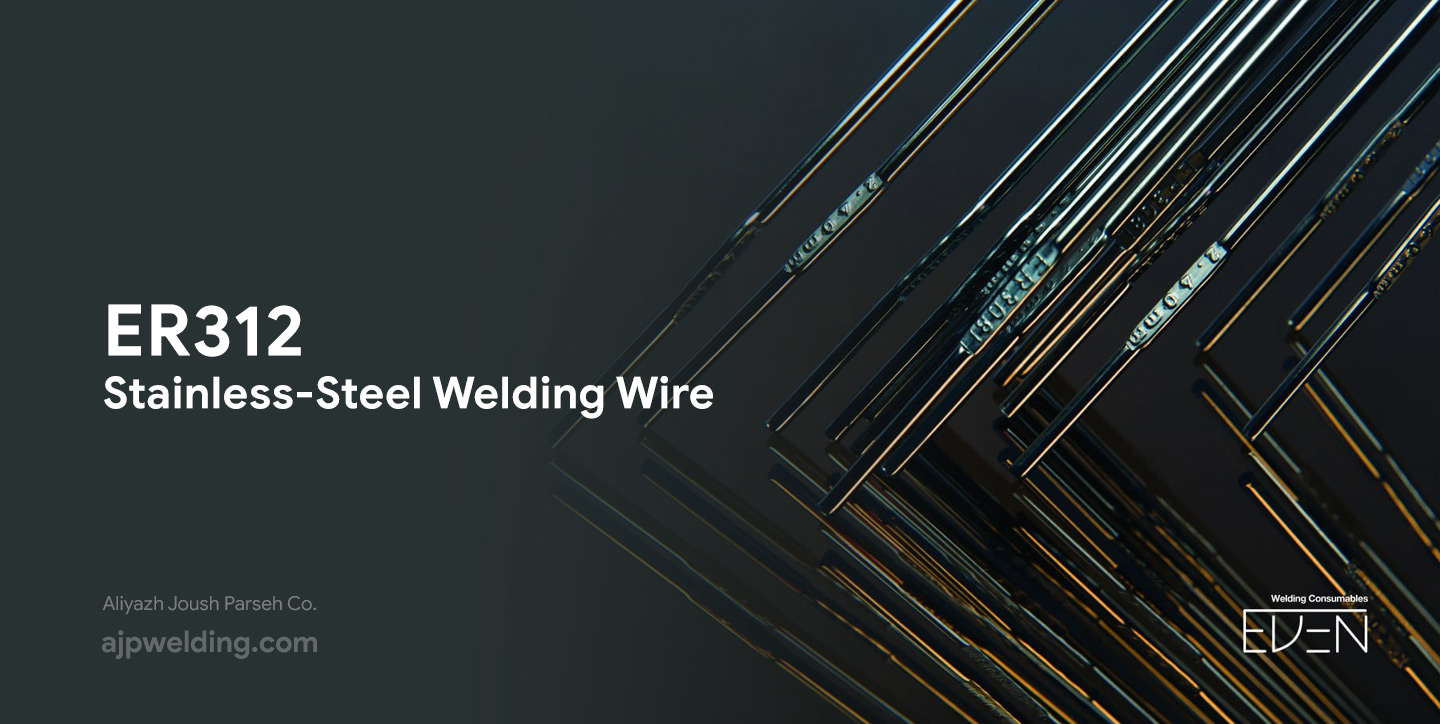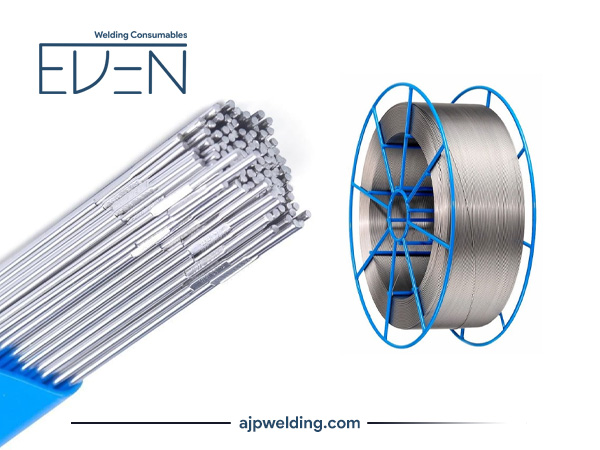Austenitic-ferritic stainless-steel wire electrode for GMA (MIG/MAG) welding of dissimilar steels and depositing buffer layers on ferritic steels. It features high resistance to cracking and toughness, is therefore suited for joining difficult to weld steels and depositing stress-relaxing buffer layers on crack sensitive base metals. Weld metal is non-scaling up to 1100°C. Especially used in die and tool repair, crack repairs in difficult to weld steels, gear teeth repair and rebuilding, buffer layer application on cutting blades. Suitable also for welding galvanized steel plates.

312 Stainless steel GMAW (MIG) welding alloy is most frequently used to weld base metals of similar composition. Also, good for welding dissimilar steels. Conforms to AWS A5.9.
312 is a filler metal that has a microstructure that gives off a two-phase weld deposit, creating a weld metal that is highly resistant to cracks and fissures. ER312 is good to weld with metals of dissimilar composition and dissimilar metals, such as carbon steel, especially metals that have a high content of nickel. This alloy has a high content of chromium, thus providing good corrosion oxidation resistance at higher temperatures.
FEATURES
- Welds base metals of similar composition in wrought or cast form
- Welds steels-to-stainless steels
SPECIFICATIONS
- 106,000 psi tensile strength (as welded)
- 75,000 psi yield strength (as welded)
- 25% elongation 30% reduction of area (as welded)
- 93-102 HRB Rockwell B hardness (as welded)
- 200-250 HRB Brinell hardness (as welded)
- 75 ft./lb. @ room temperature Charpy V (as welded)
APPLICATIONS
Welding base metals of similar composition in wrought or cast form and steels to stainless steels.
CAUTION
All parameters are suggested as basic guidelines and will vary depending on joint design, number of passes and other factors.









